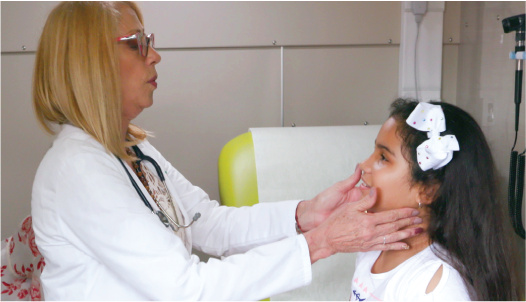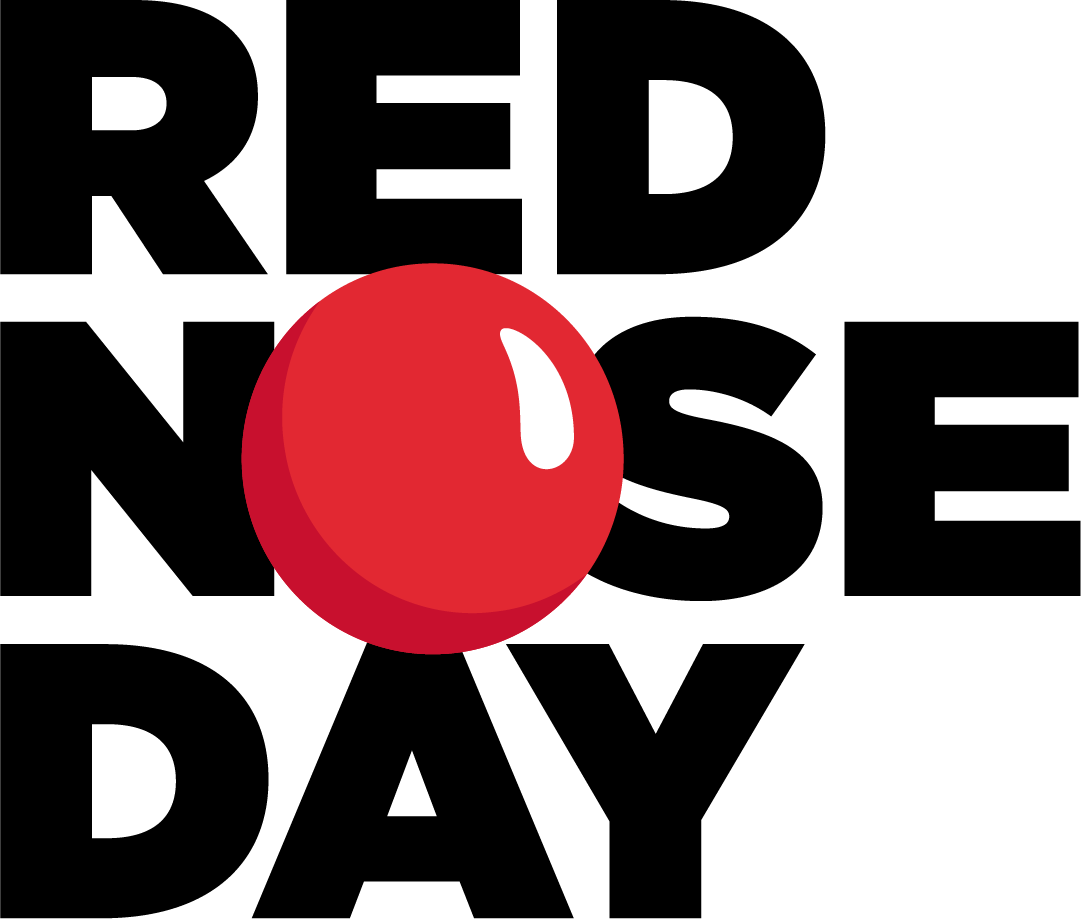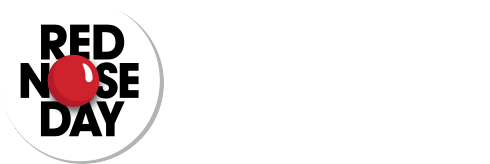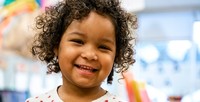
How Child Health Inequality Has Been Deepened by a Year of Crisis
In times of crisis and all year long, learn how Red Nose Day and our partners are working to improve the health outcomes of children living in poverty.
Over the course of the last year, the unfolding crisis of COVID-19 has brought systemic issues of all kinds into clearer focus, including health inequality.
Research from around the world indicates that greater economic inequality can be linked to negative health outcomes, ranging from higher rates of obesity and infant mortality to shorter life expectancy. And as it pertains to the pandemic, communities of color are more likely to experience barriers to high-quality health care and testing, or face cultural or language challenges in having access to this health care.
Keep reading to learn how Red Nose Day programs are stepping up for children living in underserved communities here in the US and around the world by addressing barriers to everyday health needs and providing greater access to essential care and services. As the challenges facing children in poverty have been compounded by the crisis of COVID-19, right now this work is more urgent than ever.
So what do we mean by health inequality?
LIMITED ACCESS TO CARE & PROVIDER SHORTAGES IN THE US
Across the US, approximately 80 million children and adults live in communities facing severe shortages in medical and mental health care providers. This is because often, low-income families do not have the means to pay for health care services or may live in rural or remote communities where services are not easily accessible and systems aren’t in place to address their needs further deepening health inequality.
Children living in poverty are more likely to face frequent and severe health problems – ranging from infections and flu to asthma and diabetes. For many low-income children, traumatic experiences and long term toxic stress can have deep and lasting impacts on both health and educational outcomes.
Looking ahead to when the world returns to “normal” once again, it’s clear that health inequality will continue to be a persistent issue facing children in poverty, especially due to critical shortages of medical and mental health care providers in marginalized communities. According to Dr. Susan Spalding, Senior Medical Advisor at Children's Health Fund, it is recommended that children participate in 30 regularly-scheduled visits to their health care provider between birth and reaching age 21. These visits are not just important for receiving regular immunizations and physicals; they are critically important for medical providers to assess a child’s growth and development. Without access to providers, these children in underserved communities will miss out on the foundational care they need such as “well-child visits” and more key services every child needs to grow up healthy.
Missing visits means that caregivers miss out on essential information for their children’s health and safety. Health care providers can catch speech and cognitive delays that parents might not, and in doing so, connect children with much-needed support which facilitates better learning outcomes in school. In the US alone, there was a 40% decrease in health screenings for children enrolled in Medicaid and the Children’s Health and Insurance Program between March and May of 2020. In countries that already struggled to provide children with needed regular check-ups, and where lockdowns could continue for years to come, the need is only expected to grow.
These shortages extend to mental health inequality as well. Across the country, a majority of communities are currently facing a severe shortage of practicing child and adolescent psychiatrists, with fewer than 17 providers available per 100,000 children.

HEALTH INEQUALITY AMONG SOME OF THE MOST IMPACTED POPULATIONS
Unsurprisingly, the pandemic has had and will continue to have an outsized impact in communities of color and for LGBTQ+ youth. Health inequality in communities of color means that they experience barriers to high-quality health care and testing, and often face unique cultural or language challenges in securing access to care. This holds true especially for migrant farmworkers and their families. National estimates suggest that less than 15% of migrant farmworkers access timely health care services. This can stem from barriers such as challenges navigating a complex health care system with linguistic or cultural differences, a lack of health insurance or financial means to afford care, or concerns over losing paid work time. Oftentimes, many migrant workers believe they or their children may be ineligible for safety net programs out of fear of negative repercussions regarding their citizenship status and forego seeking services altogether.
Moreover, recently published data from the CDC has shown that the racial and ethnic disparities that have affected Black and Latinx adults throughout the pandemic also extend to their children. Tragically, Black and Latinx children make up approximately 65% of reported child deaths due to COVID-19.
Studies indicate that a rising children’s mental health crisis could be the next wave in the pandemic. The CDC reports that children’s visits for mental health emergencies have increased sharply since 2019, to the tune of 24% for children between the ages of 5 to 11 and 31% for those between 12 and 17. These numbers are particularly concerning, but for at-risk youth living in unsafe households, receiving the empathetic support of a community health worker through telehealth, home-based, or office visits during the pandemic could mean the difference between life and death.
And as the world continues to grapple with the mass trauma of COVID-19, the implications for children of color and LGBTQ+ youth will be especially important to address. Black and Latinx children have witnessed COVID-19 related death and illness in their communities at extremely high rates. The economic implications of the pandemic and compounding stresses of food insecurity and housing stability are projected to have a severe and long-lasting impact on their mental health. According to The Trevor Project, 35% of LGBTQ+ youth have felt much lonelier since the start of the pandemic, compared with 22% of cisgender and straight youth. These kids are now facing isolation not only from crucial positive and supportive social networks, but also from the care professionals they relied on to receive this critical care.
HOW RED NOSE DAY HELPS
Whether facilitating pediatric care visits in rural and underserved areas or finding ways to care for children’s mental health and emotional well-being during lockdown, programs supported by Red Nose Day are delivering important solutions to address child poverty 365 days per year.
Since 2015, Red Nose Day has helped provide greater access to essential health and medical services for more than half a million children across the US. This work is only possible through generous support from the public, and the tireless efforts of our committed partners.
Red Nose Day is proud to support with organizations like UnidosUS to power meaningful programs like ”Healthy and Ready for the Future'' which provides oral and behavioral health care services for Latinx children facing health inequality in communities across rural America, especially those from migrant and seasonal farmworker families. For children like Santiago, the son of an asylum seeker fleeing domestic violence in Jalisco, Mexico this program allowed him to have his first “happy visit” dental screening when he was two years old. Impressed with the helpfulness and genuine concern shown by the health care team, Santiago’s mother commented, “Alguien se preocupa por lo que nos pasa”, or “Someone cares about what happens to us.” expressing how experiences like this help build a relationship between families and health care providers, setting the stage for years to come and help ensure that Santiago can grow up healthy and strong.
Red Nose Day is also proud to partner with Children’s Health Fund (CHF), an organization that has been at the forefront of addressing the mounting issue of child health inequality across the US. Prior to the pandemic, health care professionals like many at the New York Children’s Health Project in the Bronx, a program supported by CHF & Red Nose Day, were working hard to provide high quality primary care, dental and mental health services for children and families in underserved communities. Today, thanks to support from Red Nose Day, CHF has been able to use technology to rapidly transition many of their in-person programs to telehealth and mental health services, allowing health care providers to stay in contact with their patients and able to keep conducting critical “well-child visits.” This innovative work breaks down barriers to care and makes a tangible difference for children and families around the country.
Red Nose Day partners have been flexible, agile, and resilient throughout the COVID-19 crisis. And while there is hope on the horizon for many struggling families in the form of financial relief from the government that could potentially cut child poverty in half — it’s estimated that there could still be up to 6 million children living below the poverty line here in the US.
Supporting Red Nose Day means that even when the unpredictable happens, our partners can make sure that no child is left without access to the mental and physical health care that they need to thrive. Will you join us with a gift today?
EXPLORE MORE NEWS
blogs
![New Years from Alison Moore]() A letter from our CEO: As we start the new year, we’re grateful for youNews 30 Dec 2020A letter from our CEO: As we start the new year, we’re grateful for you
A letter from our CEO: As we start the new year, we’re grateful for youNews 30 Dec 2020A letter from our CEO: As we start the new year, we’re grateful for you![RND Face Mask]() Get the Official Red Nose Day Face Mask!News 19 Oct 2020Get the Official Red Nose Day Face Mask!
Get the Official Red Nose Day Face Mask!News 19 Oct 2020Get the Official Red Nose Day Face Mask!![Child Hunger in America]() 8 Facts About Food Insecurity and Child Hunger in AmericaNews 17 Nov 20218 Facts About Food Insecurity and Child Hunger in America
8 Facts About Food Insecurity and Child Hunger in AmericaNews 17 Nov 20218 Facts About Food Insecurity and Child Hunger in America





